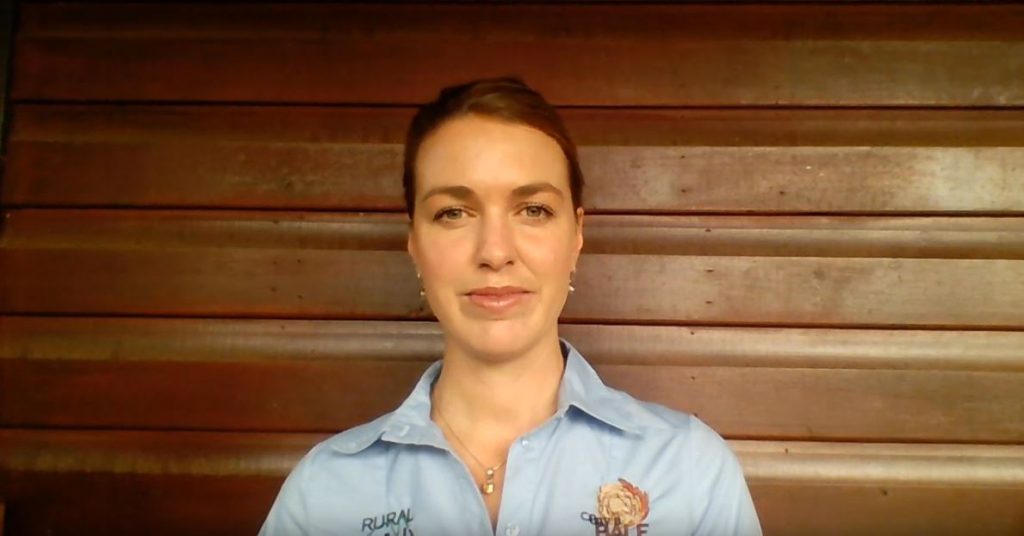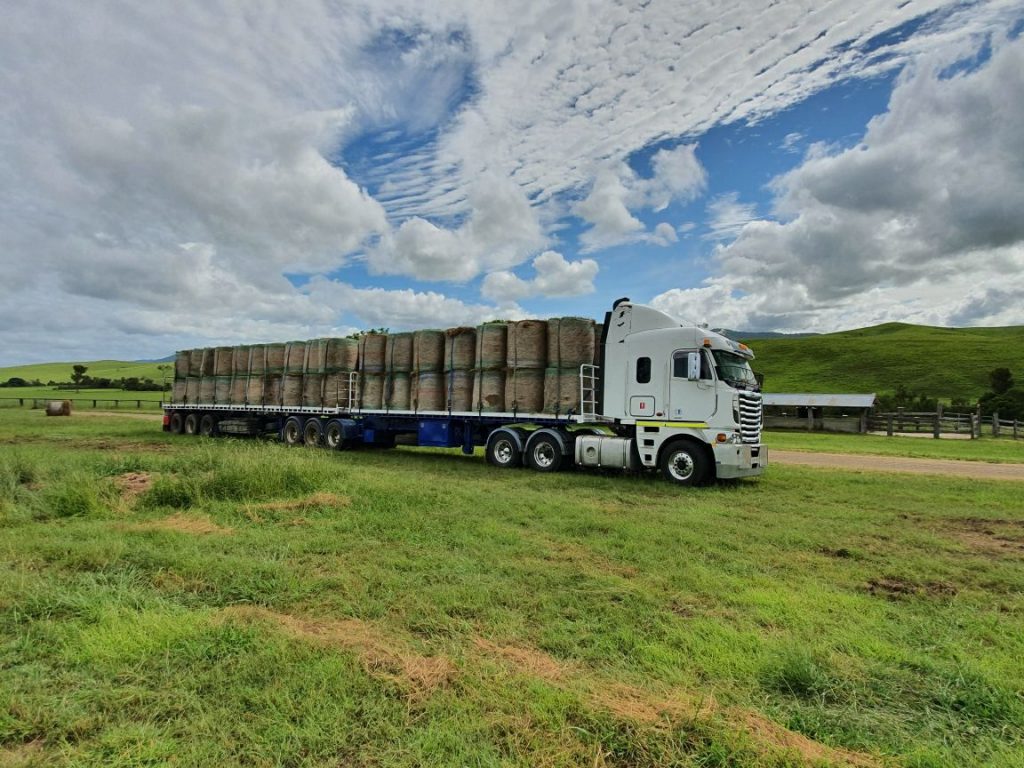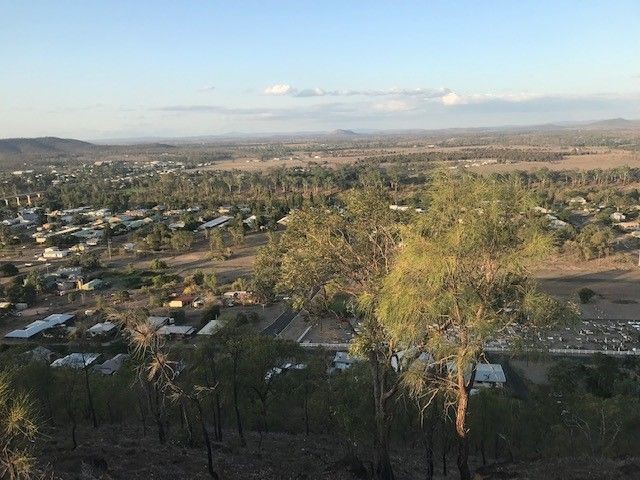RURAL AID LAUNCHES RURAL COMMUNITY BUILDERS WEBINAR SERIES
Ideas prepared, experts engaged – webinars to assist rural community sustainability
A new free webinar series, hosted by Rural Aid and launching on 5 May 2020, will help facilitate the exchange of information and ideas relevant to long-term viability of rural communities.
Rural Aid CEO John Warlters said the The Community Builders Series webinars, created by Rural Aid Co-founder Charles Alder, will allow rural communities and interested parties to engage with experts in rural rebuilding and sustainability.
“The Community Builders Series webinars, to be held at 10am every Tuesday from 5 May to 7 July 2020, will also allow rural communities, farmers and anyone interested in rural Australia, opportunities to connect, exchange ideas and information to broaden their collective knowledge,” John said.
“Many rural communities are isolated, more so now during COVID-19 movement restrictions, and have been impacted by the drought and fires. We wanted to continue to assist rural communities to be ready for when the rest of Australia can visit them again.
“The Community Builders Series is a new Rural Aid initiative and a new way for Rural Aid to continue to support rural communities and farmers during these restrictive times. It will help bring the world of expertise, ideas exchange and engagement into their homes.”
Rural Aid’s first guest expert is Bank of I.D.E.A.S. Director and Founder, Peter Kenyon who has been working with Rural Aid on the 10 Towns Makeover, now postponed.
Peter is both nationally and internationally recognised for the work he has done for over 35 years with more than 2000 communities in Australia and overseas. He has helped these communities bring about community change and renewal.
“We are really excited to have Peter Kenyon as our first guest expert. He is motivated by the desire to create healthy, caring, inclusive, connected, sustainable and enterprising communities and local economies,” John said.
Like Rural Aid, Peter Kenyon and his team at Bank of I.D.E.A.S. are interested in ‘making things happen’ at the community level.
“When I’m working with a community, I facilitate to draw out the expertise of the community members, so they work together to build their community from the inside out,” Peter Kenyon said. “What I will bring to the webinar series will be no different.
“I will talk about and give case studies on what it takes for a town to have a successful renewal. Why it’s important for community members to invest themselves, their ideas, assets and resources in the process for it to succeed.”
To register to be part of The Community Builders Series, go towww.ruralaid.org.au/towns/webinars.
Media enquiries: 0447 116 757 | media@admin.media.ruralaid.org.au
Onsite media spokespersons:
- Rural Aid CEO John Warlters – 0409 618 641
- Director and Founder Bank of I.D.E.A.S., Peter Kenyon – 0417 183 719
About Rural Aid
Rural Aid is one of Australia’s largest rural charities. Well known for the highly successful ‘Buy a Bale’ campaign, the charity also provides financial assistance, water and counselling to farmers in times of drought, flood or fire. Other initiatives support its vision that farming and rural communities are safeguarded to ensure their sustainability both during and after these natural disasters. Visit www.ruralaid.org.au for further information on these programs and other support for our rural communities.
Visit www.ruralaid.org.au/snapshots for Rural Aid’s latest assistance statistics.
Follow Rural Aid for updates on:
- Rural Aid – FB: @ruralaidaustralia | IG: @ruralaid |IN: Rural Aid Ltd | TW: @ruralaidaust
- Buy A Bale – FB: @buyabaleofhay | IG: @buyabale | TW: @buyabale




